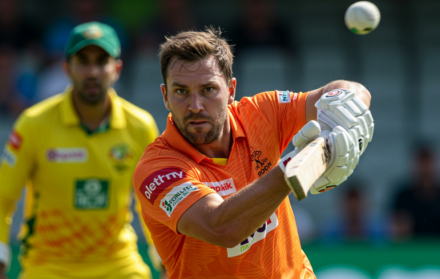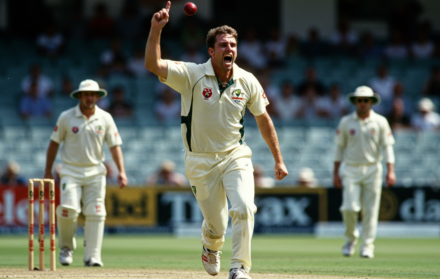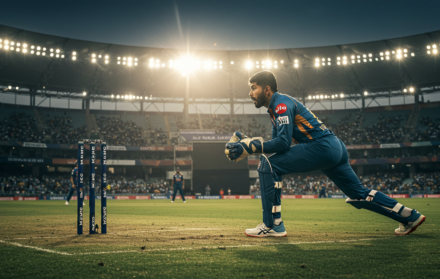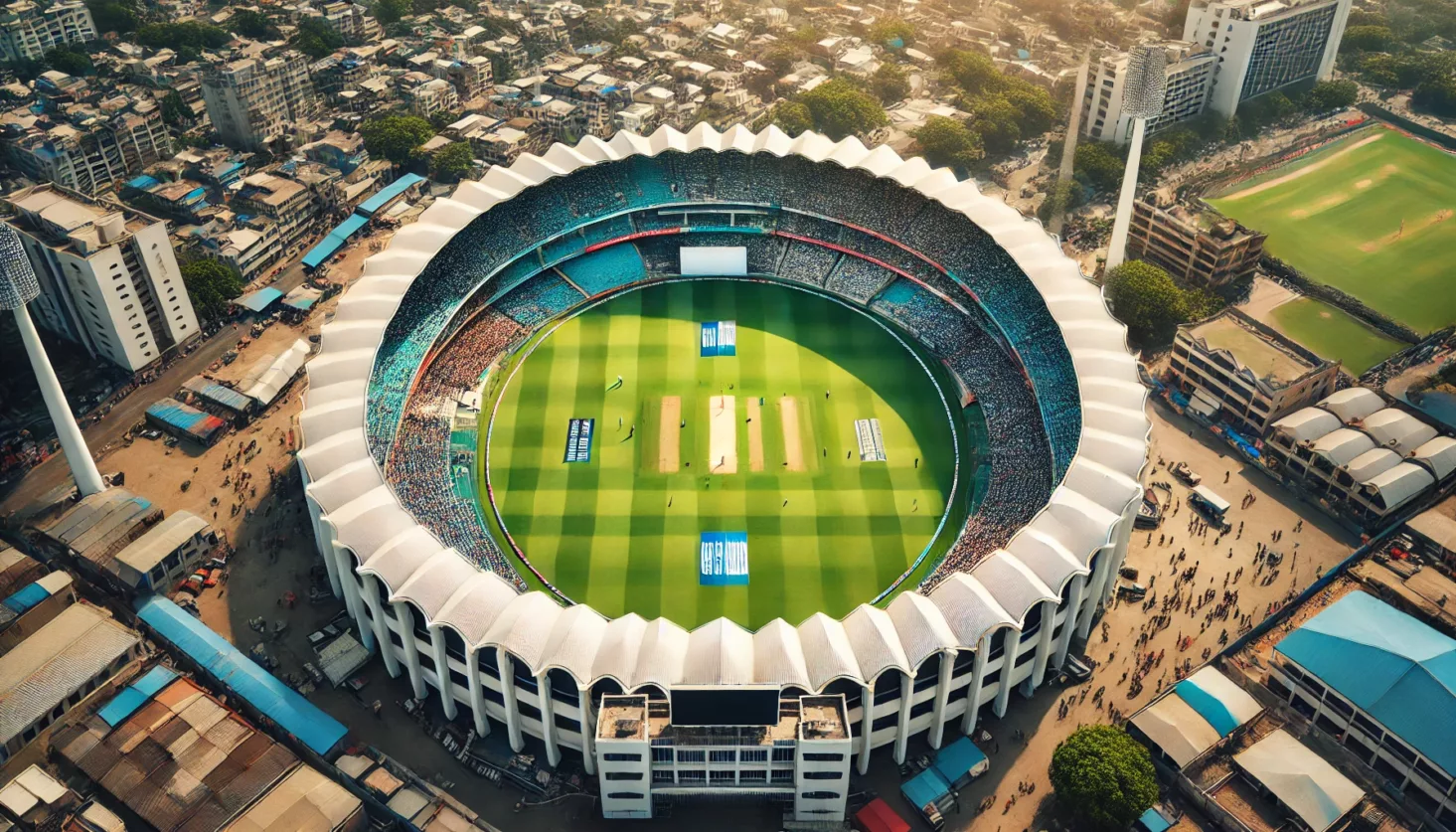
The Role of Wankhede Stadium in Indian Cricket History
The role of Wankhede Stadium in Indian cricket history is of immense significance. Located in Mumbai, Maharashtra, this iconic stadium has witnessed some of the most historic and memorable moments in the game. Its rich legacy spans decades and has left an indelible mark on Indian cricket.
The foundation of Wankhede Stadium dates back to early 1970 when it was established to meet the growing demand for a world-class cricketing venue in the city. Since then, it has played host to numerous iconic matches, including World Cup finals and high-profile encounters.
Wankhede Stadium has not only impacted Mumbai’s cricket culture but has also made notable contributions to Indian cricket as a whole. With its modernizations and renovations over the years, Wankhede Stadium has evolved into a top-notch cricket venue, capable of hosting international matches of the highest standard.
This remarkable stadium stands as a symbol of Indian cricket, holding a special place in the hearts of cricket enthusiasts across the nation. To visit Wankhede Stadium and experience its historic atmosphere, one can follow the established procedures for match tickets and stadium access.
The Founding of Wankhede Stadium
The founding of the Wankhede Stadium in 1974 is a significant milestone in the history of Indian cricket. Named after Mr. S. K. Wankhede, a prominent figure in Indian cricket, this world-class cricket venue in Mumbai was constructed to meet the need for a modern facility for hosting international matches.
Initially, the stadium had a seating capacity of 32,000. Over the years, it has undergone several renovations and expansions, and now it can accommodate 33,108 spectators. One notable feature of the Wankhede Stadium is its close proximity to the Arabian Sea, which creates a pleasant and breezy atmosphere for matches. It offers excellent facilities for players, officials, and the media, ensuring a seamless cricketing experience.
Since its establishment, the Wankhede Stadium has played a vital role in Indian cricket. It has hosted iconic matches such as the 2011 ICC Cricket World Cup final, where India emerged as champions. The stadium has also been the venue for Test matches, One-Day Internationals, and Twenty20 internationals, contributing significantly to the development of Indian cricket.
The rich history and contribution of the Wankhede Stadium have made it an iconic venue for fans and players alike. Today, it stands as a symbol of the passion and love for cricket in India.
Iconic Matches Played at Wankhede Stadium
Wankhede Stadium, one of the historic venues in Indian cricket, has witnessed several memorable matches that have left a lasting impact on the sport. Here are some of the standout moments:
- 2011 ICC Cricket World Cup Final: The final of the 2011 ICC Cricket World Cup between India and Sri Lanka stands out as the most significant match played at Wankhede Stadium. After a wait of 28 years, Indian cricket fans had a reason to celebrate as their team lifted the World Cup in front of a jubilant home crowd.
- 2016 ICC World Twenty20 Semi-Final: The semi-final clash between India and West Indies in the ICC World Twenty20 2016 created an exhilarating atmosphere. In a nail-biting finish, the West Indies emerged victorious with a six off the last ball, leaving fans at Wankhede Stadium in awe of the thrilling encounter.
- 2012 Indian Premier League Final: Apart from international matches, the Wankhede Stadium has also witnessed some electrifying Indian Premier League (IPL) encounters. The 2012 IPL final between Kolkata Knight Riders and Chennai Super Kings was particularly memorable as Kolkata Knight Riders clinched their first-ever IPL title, sparking joyous celebrations among their fans.
- 1986 Tied Test Match: Wankhede Stadium became the stage for a dramatic tied test match between India and Australia in 1986. It was a rare occurrence in cricket history, highlighting the resilience and competitive spirit of both teams involved. The match captivated spectators, leaving a lasting impression.
These iconic matches are etched in the history of Indian cricket and continue to be cherished by fans. If you plan to visit Wankhede Stadium, make sure to check the schedule in advance to catch any upcoming matches. Attending a match at this historic venue will allow you to witness firsthand the passion and excitement that Indian cricket exudes.
Memorable Moments at Wankhede Stadium
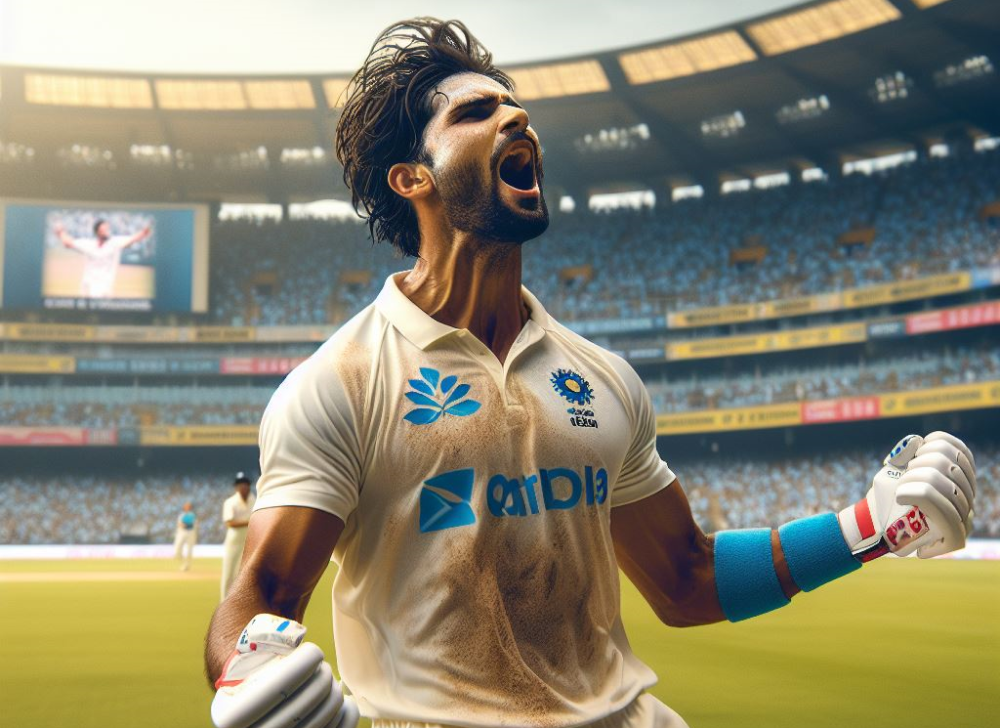
The Wankhede Stadium has been witness to some memorable moments in the history of Indian cricket.
One standout moment was Sachin Tendulkar’s farewell in 2013, where the stadium was filled to capacity with fans celebrating his illustrious career.
Another unforgettable moment was India’s World Cup triumph in 2011, when the team lifted the trophy in front of an enthusiastic home crowd.
In 2016, Virat Kohli’s double century showcased his exceptional batting skills and confirmed his reputation as one of the best batsmen in the world.
The “Miracle of Mumbai” in 2001 remains ingrained in the memory, as India successfully chased down 155 runs on the final day for a truly unforgettable victory.
And who can forget Rohit Sharma’s record-breaking innings in 2014, where he scored a mesmerizing 264 runs, the highest individual score in One Day International cricket.
These moments have left a lasting impact on Indian cricket and have become an integral part of its rich history.
Role of Wankhede Stadium in Indian Cricket
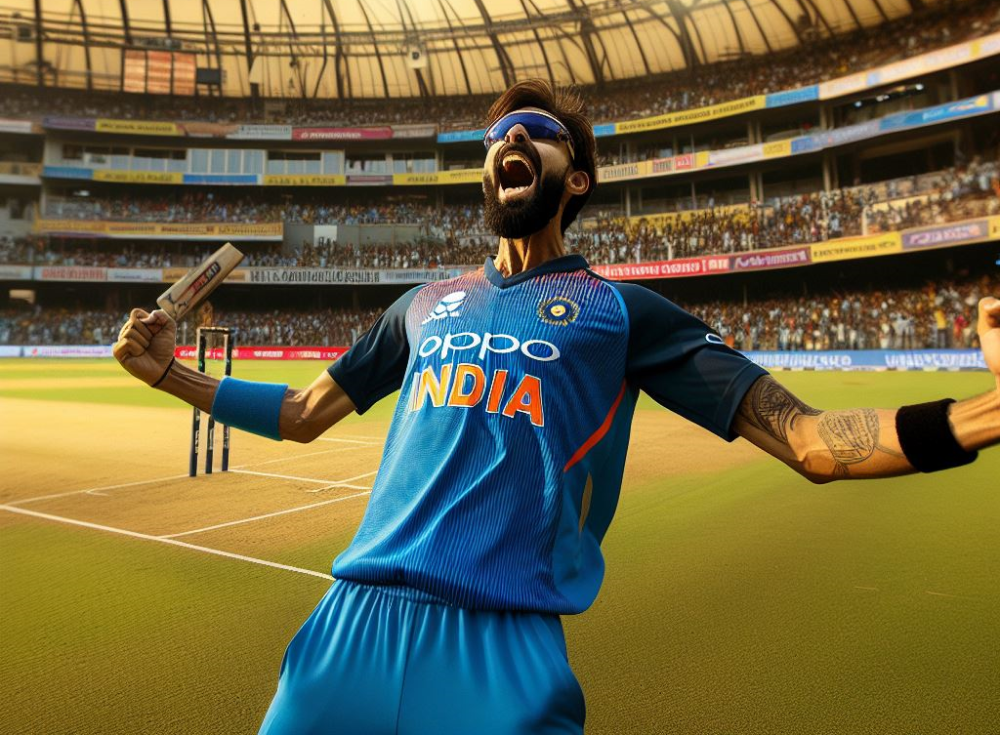
The Wankhede Stadium in Mumbai has played a significant and influential role in Indian cricket. It has hosted numerous international matches, including Test matches, ODIs, and T20 internationals. The capacity of the stadium, which exceeds 30,000 spectators, creates an electrifying atmosphere, making it a favorite among players and fans.
The Wankhede Stadium is the home ground for the Mumbai Indians, one of the most successful teams in the Indian Premier League. With a passionate fan base, the stadium becomes a stronghold for the home team, creating a thrilling and competitive environment.
The pitch at Wankhede Stadium is flat and true, which favours batsmen. It has witnessed high-scoring matches where players like Sachin Tendulkar, Rohit Sharma, and Virat Kohli have showcased their batting prowess. The fast outfield of the stadium contributes to the batting-friendly conditions, ensuring entertaining matches for cricket enthusiasts.
Host of World Cup Matches
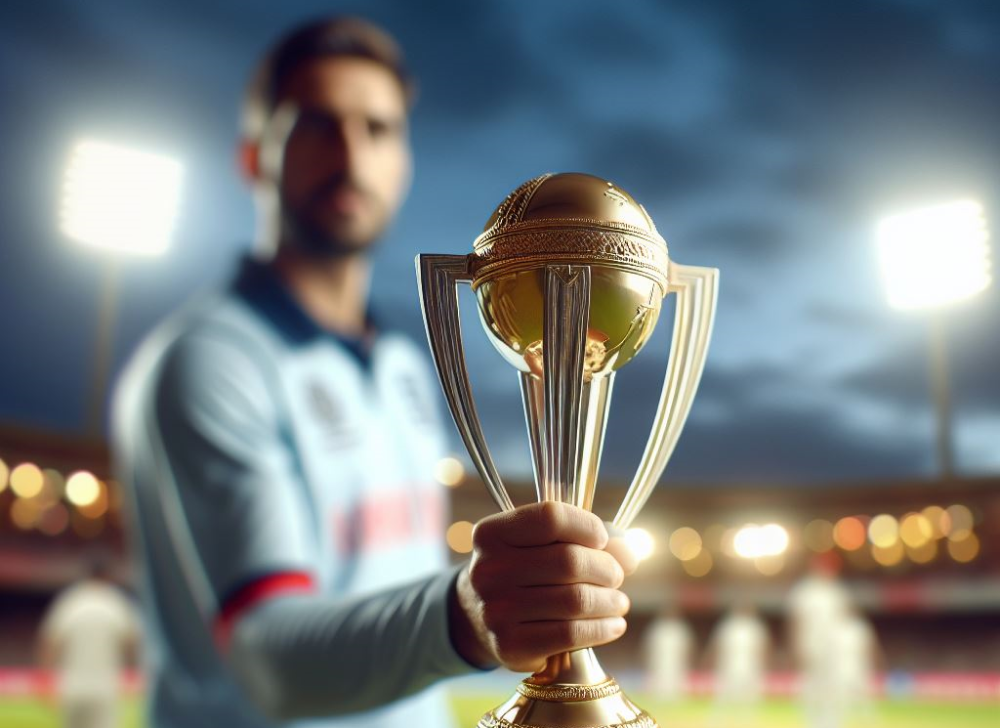
Wankhede Stadium in Mumbai, India, is renowned for being the host of numerous World Cup matches. It has played a significant role in shaping the history of cricket.
In the 1987 World Cup, Wankhede Stadium had the honor of hosting two matches. On 8th October 1987, it witnessed an intense battle between Australia and Zimbabwe during the group stage. Another remarkable match took place on 5th November 1987, as India clashed with England in a thrilling semi-final encounter.
During the 1996 World Cup, Wankhede Stadium once again proved its worth as a host venue by showcasing three exciting matches. On 14th February 1996, Sri Lanka competed against Kenya in a group stage match.
Just a few weeks later, on 27th February 1996, West Indies challenged Australia in another captivating group stage match. The stadium witnessed a historic clash between rivals India and Pakistan on 9th March 1996 during the quarter-finals.
The pinnacle of Wankhede Stadium’s hosting success came in the 2011 World Cup, when it proudly hosted the grand final.
Cricket enthusiasts from around the world gathered at the stadium on 2nd April 2011 to witness a nail-biting showdown between India and Sri Lanka. In a triumphant moment for the hosting nation, India emerged as the ultimate victors, securing the World Cup after a long wait of 28 years.
The saga of hosting prestigious matches continued during the 2016 World T20, as Wankhede Stadium eagerly welcomed the semi-final clash between India and West Indies on 31st March 2016. It was an intense battle that kept the fans on the edge of their seats until the end.
Ultimately, the West Indies emerged victorious, adding another memorable chapter to the stadium’s hosting legacy.
Wankhede Stadium, as a host of these magnificent World Cup encounters, has provided a stage for the most thrilling cricket moments. It has showcased the talent and skills of both local and international players, making it an iconic venue in the history of cricket.
Impact on Mumbai’s Cricket Culture
The Wankhede Stadium holds enormous significance when it comes to Mumbai’s cricket culture, as it plays a pivotal role in shaping the city’s love for the sport. Notably, it boasts an enthusiastic fanbase that wholeheartedly supports their team, providing unwavering encouragement.
The electrifying atmosphere during matches evokes a sense of excitement, with the crowd fervently cheering and rallying behind the players, ultimately boosting their morale. The stadium’s presence in Mumbai fosters a thriving cricket ecosystem, allowing young talent to thrive.
The availability of top-notch facilities and exposure to high-intensity matches greatly enhance the skills of local players, significantly contributing to Mumbai’s prosperous cricketing heritage.
In addition, the Wankhede Stadium has seen historic cricket moments, including India’s unforgettable victory in the 2011 World Cup. These moments solidify the stadium’s place in Indian cricket history and forever etch Mumbai’s cricket culture in the annals of the game.
Not only does the Wankhede Stadium hold cultural and sporting significance, but it also has a positive economic impact on Mumbai. The stadium attracts both domestic and international tourists who, in turn, contribute to the city’s economy through accommodation, transportation, and hospitality services.
The Wankhede Stadium serves as a cultural symbol of Mumbai’s identity and pride, embodying the city’s immense passion for cricket. It acts as a meeting point for people from diverse backgrounds who come together to celebrate the sport and further strengthen the city’s unity.
Wankhede Stadium as a Cricketing Venue
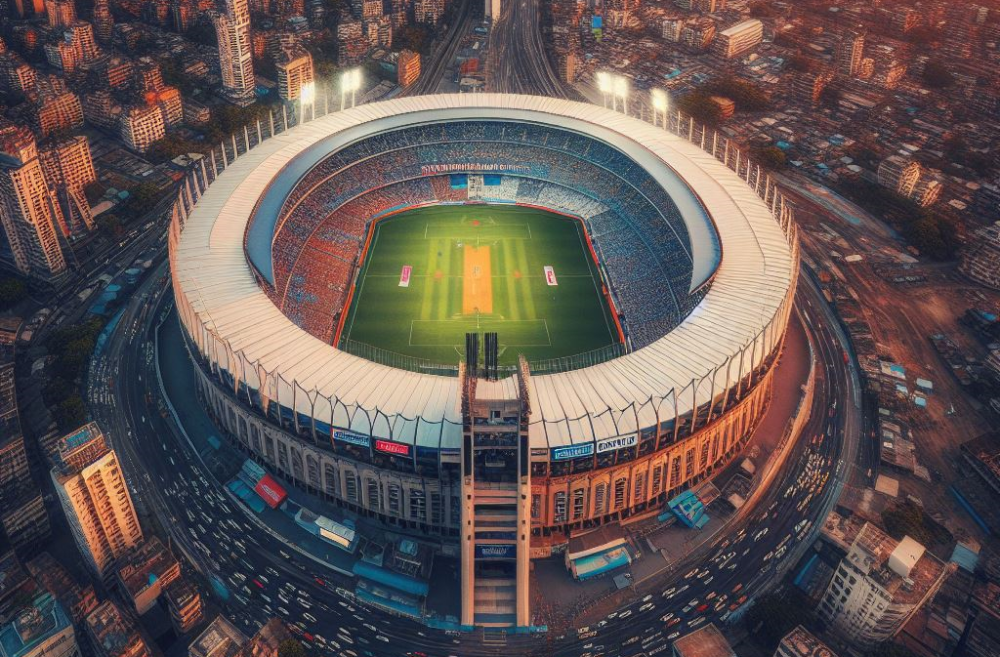
The Wankhede Stadium in Mumbai, India is a renowned cricket venue. It has hosted numerous international and domestic matches, making it a significant location for cricket enthusiasts. The stadium witnessed India’s victory in the 2011 Cricket World Cup, a moment that filled the nation with immense pride.
With a seating capacity of 33,108, the Wankhede Stadium provides an excellent atmosphere for cricket enthusiasts. Its modern infrastructure, including well-maintained pitches and changing rooms, ensures a comfortable and enjoyable experience for players and spectators alike.
Spectators at the stadium can enjoy stunning views of the Arabian Sea, creating an unforgettable backdrop for the matches. The passionate crowd adds to the electrifying ambiance and enhances the overall spectator experience.
In terms of hospitality and facilities, the Wankhede Stadium offers comfortable seating with exceptional viewing angles, ensuring that every fan can enjoy a great view of the game. The stadium also provides a wide range of food and drink options, catering to the diverse preferences of the fans.
The Wankhede Stadium holds a rich legacy and tradition in Indian cricket history. It has hosted legendary players and iconic matches that have left a lasting impact on the sport. Sachin Tendulkar, one of the greatest cricketers of all time, has delivered memorable performances at this venue, further enhancing its status in Indian cricket history.
Who Are Some of the Notable Players to Have Performed at Wankhede Stadium?
Some of the notable players who have performed at Wankhede Stadium include:
- Sachin Tendulkar: The Indian cricketer, Sachin Tendulkar, has had memorable performances at Wankhede Stadium. He scored a century against England in 1993 and played his farewell Test match here in 2013.
- Virat Kohli: The current captain of the Indian cricket team, Virat Kohli, has showcased his batting prowess at Wankhede Stadium. He played a crucial innings in the 2011 World Cup final, scoring 35 runs to help India win.
- Ricky Ponting: The former Australian captain, Ricky Ponting, left his mark at Wankhede Stadium. He scored a remarkable century during the 2001 Test match against India, leading Australia to victory.
- Shane Warne: The Australian spin wizard, Shane Warne, mesmerized the crowd at Wankhede Stadium with his exceptional bowling skills. He consistently performed well in matches played here.
- M.S. Dhoni: The former Indian captain, M.S. Dhoni, played memorable innings at Wankhede Stadium. He led the Indian team to victory in the 2011 World Cup final with an unbeaten innings of 91 runs.
These players have made an indelible mark on the history of Wankhede Stadium with their exceptional performances. Their skills and contributions have made them some of the most notable players to have graced the stadium.
What Are Some Interesting Facts About Wankhede Stadium?
- Historic Venue: Wankhede Stadium is an international cricket stadium located in Mumbai, India. It is owned and operated by the Mumbai Cricket Association (MCA) and serves as the home ground for the Mumbai Indians. Additionally, it houses the headquarters of MCA, the Board of Control for Cricket in India (BCCI), and the Indian Premier League (IPL).
- Prime Location: The stadium is strategically situated near Marine Drive in the Churchgate neighbourhood of Mumbai. It is in close proximity to several historic cricket clubs, including Hindu Gymkhana, Parsi Gymkhana, and Cricket Club of India (CCI).
- World Cup Glory: One of the most iconic moments at the Wankhede Stadium was the 2011 Cricket World Cup Final. India defeated Sri Lanka in this match, making it the first country to win the Cricket World Cup on its home soil.
- Tendulkar’s Farewell: The stadium has witnessed numerous significant cricket matches, including the last match of legendary cricketer Sachin Tendulkar’s international career.
- Construction History: The stadium was constructed after disputes arose between the Cricket Club of India (which owns the Brabourne Stadium) and the Bombay Cricket Association over ticket allocations for cricket matches. The stadium was named after S. K. Wankhede, a politician and the secretary of the Mumbai Cricket Association.
- Seating Capacity: After renovations for the 2011 Cricket World Cup, the stadium’s capacity was set at 32,000. Before the upgrade, it could accommodate approximately 39,000 spectators.
- Pitch Characteristics: The square of the stadium is made of local red soil, which offers extra bounce, generally favoring batsmen. However, there have been instances where the pitch has been criticized for its excessive turn, especially during the Border Gavaskar Trophy 2004.
- Architectural Marvel: One of the standout features of the Wankhede Stadium is its suspended cantilever roofs. The Teflon fabric roof is not only lightweight but also heat-resistant. This design ensures that spectators have an unobstructed view of the match.
- Historic Matches: The stadium hosted its first Test during the 1974–75 season when the West Indies toured India. Over the years, it has been a witness to remarkable innings and all-round performances by cricketing legends.
- Future Endeavors: Wankhede Stadium is proposed to be one of the venues for the World Cup 2023. Upgrades for the stadium are currently underway, with matches scheduled for October 2023.
Wankhede Stadium: A Symbol of Indian cricket

The Wankhede Stadium, nestled in the heart of Mumbai, stands as a testament to India’s deep-rooted passion for cricket. Over the years, it has been a silent witness to some of the most iconic moments in the sport’s history, from World Cup triumphs to the emotional farewells of cricketing legends.
Its very foundation, born out of a desire for a dedicated cricketing venue, speaks volumes about the importance of the sport to the city and the nation.
Its architectural brilliance, combined with its strategic location, makes it a beacon for cricket enthusiasts from all over the world. The roar of the crowd, the electrifying atmosphere, and the sheer energy that resonates within its walls are unparalleled. Every cricketer, whether domestic or international, aspires to leave their mark on this hallowed ground.
But beyond the matches and the players, the Wankhede is a symbol of unity. It brings together people from all walks of life, united by their love for cricket. It’s a place where memories are made, where dreams are realized, and where history is written.
As we look to the future, the Wankhede Stadium promises to remain at the forefront of Indian cricket. With plans for upgrades and its inclusion in upcoming global tournaments, it is poised to continue its legacy as a premier cricketing venue.
In essence, the Wankhede is not just a stadium; it’s the heart and soul of Indian cricket, pulsating with the dreams and aspirations of a billion people.
